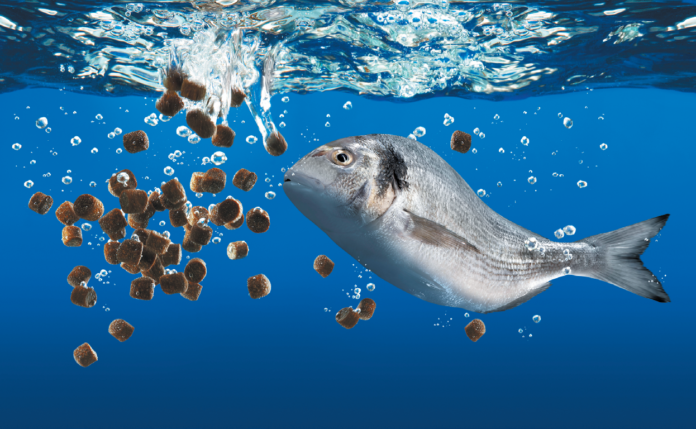Fish is a nutritious and health-promoting choice. It is high in protein, a good source of heart-healthy omega-3 fatty acids, rich in vitamin D and minerals (including iron, iodine, magnesium, and potassium), and low in saturated fat. Research shows that eating fish at least twice a week is associated with lower risk of several chronic conditions, including stroke, depression, Alzheimer’s disease, and—in the case of fatty fish like salmon, sardines, and mackerel—death from heart disease. Unfortunately, confusion about what kind of fish—farm raised or wild caught—is best to purchase can leave some shoppers frozen at the fish counter (or simply passing it by). Here is some information to help:
Contamination: Levels of contaminants in fish are dependent on many factors and vary widely. Fish will be exposed to any pollutants that have made their way into the water, including pesticides, mercury, and other metals. In the wild, larger and longer-living fish tend to have the highest levels because they accumulate contaminants from the smaller fish they eat. Although farmed fish raised in pens located in oceans, lakes, and rivers will be exposed to the same contaminants as wild fish living in those environments, farmed fish are not long-lived and do not eat smaller fish. In land-based or enclosed tanks, the environment is controlled to minimize contaminants.
What to Do: The benefits of regularly eating fish outweigh the risks. Testing of commercial seafood by the FDA generally finds levels of pesticides and industrial chemicals that do not raise human health concerns. Avoid large fish like shark, swordfish, and King mackerel, and limit fish to a few servings each week.
Antibiotics: Stress on farmed fish (from crowded tanks, for example) can increase disease susceptibility, sometimes requiring use of antibiotics. Wild-caught fish could have trace amounts of antibiotics in their systems if the drugs have gotten into the natural environment.
What to do: For both wild-caught and responsibly farmed fish, there is no need to be concerned about antibiotics.
Environment/Sustainability: Avoiding overfishing in the wild is essential: there must be enough fish left in the water to make sure the resource can renew itself in the future. It is also important to protect the environment and other wildlife from damage; net breakage and unintended catches threaten multiple species of wildlife. The U.S. has some of the strongest fisheries management in the world. These rules are designed to maintain sustainability and protect the environment.
Farming fish helps prevent overfishing in the wild, but the practice can also have environmental ramifications, such as the escape of non-native species and the impact of nutrients from fish waste. While environmental concerns got a lot of press in the early days of fish farming, new strategies and technologies have been developed. When done responsibly, farmed fish is environmentally responsible.
What to do: Rest assured that most fish in the U.S. are responsibly raised or caught. Seafood from other countries is not guaranteed to be regulated to U.S. standards. Check labels for the required country of origin.
Cost: Nature’s inconsistencies like weather and food availability, as well as fishing seasons, can limit fish supply and cause prices to fluctuate. Farmed fish typically cost less and sell at a more consistent price than wild-caught fish due to a controlled, predictable environment and harvest.
What to do: There are many options to choose from, both fresh and frozen, at many different price points. Compare prices.
Try these tips for choosing fish:
Eat fish. Both wild-caught and farm-raised fish are nutritious food sources.
Don’t worry. Most fish are safe and environmentally friendly choices. To limit exposure to mercury, avoid large fish species (like shark, swordfish, and King mackerel).
Weigh risks and benefits. Available evidence suggests the benefits of regularly eating fish outweigh the risks. Aim for two or three servings of fish a week.
Check labels. Look for country of origin or the Marine Stewardship Council seal on fish you buy. Although fish from other countries are likely to be fine choices, the U.S. has some of the most stringent regulations in the world.
Stay current. Ask questions and seek out details to make informed choices. Recommendations are evolving for pregnant and lactating women and small children in particular. (See Resources for more information.)
Monterey Bay Seafood Watch:
seafoodwatch.org
OceanWise.
seafood.ocean.org
Best Aquaculture Practices:
BAPcertification.org/Consumers
Environmental Protection Agency:
epa.gov/choose-fish-and-shellfish-wisely





















